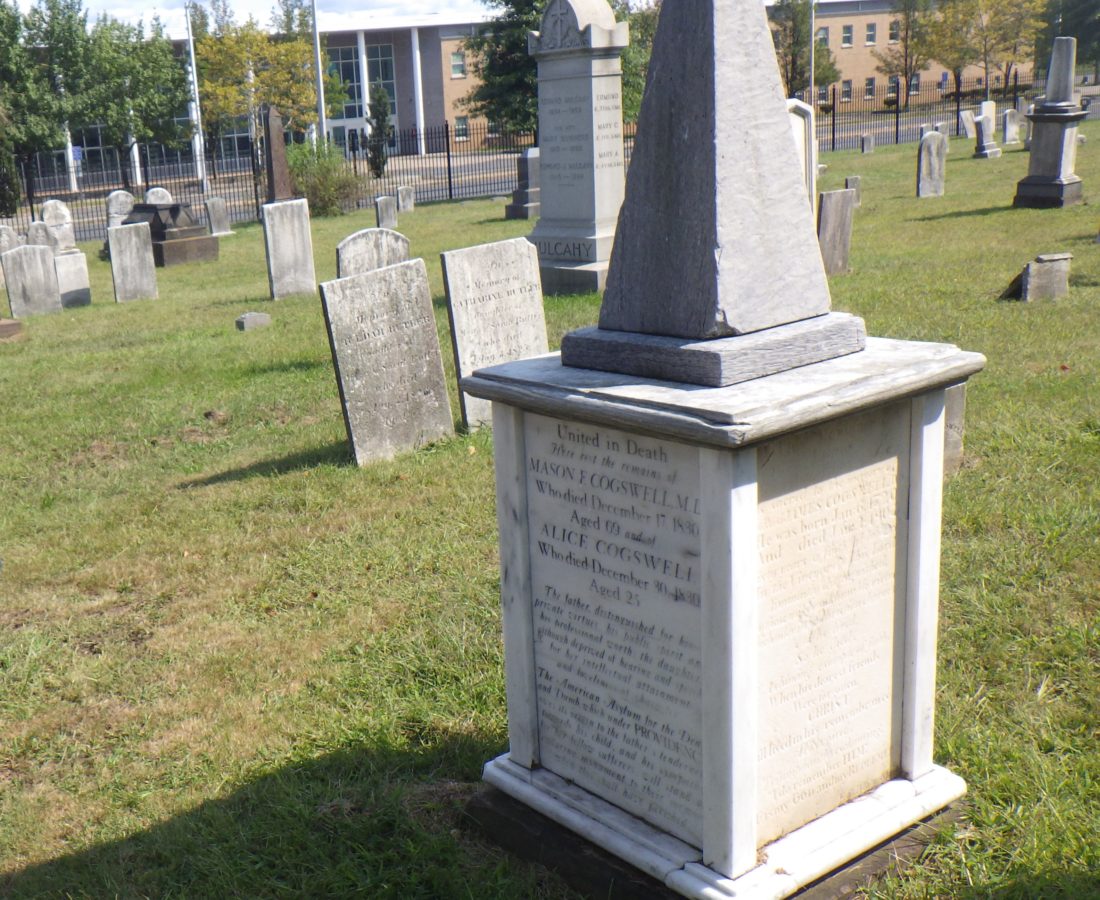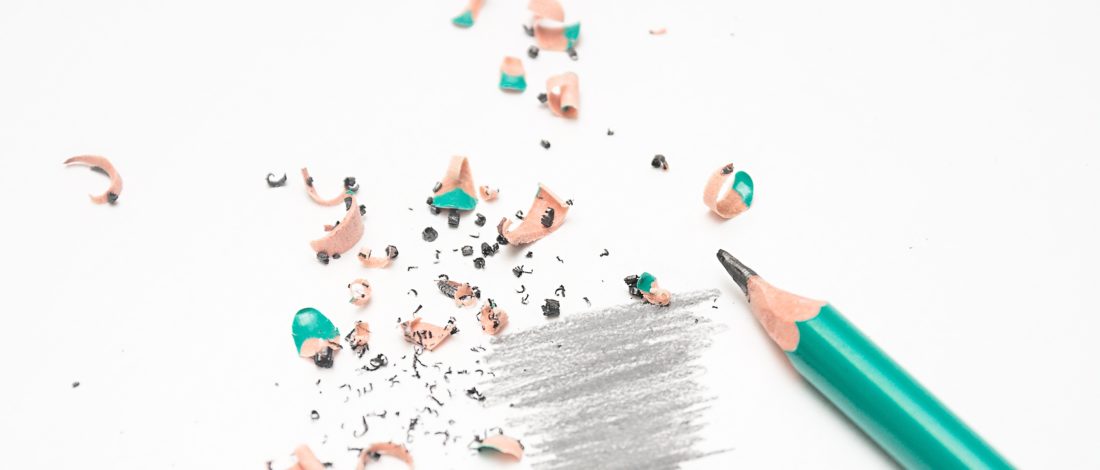If you’re like me, you’ve been feeling the pinch of Camp NaNoWriMo. Yes, it’s not necessarily a 50,000 word manuscript in 30 days, and yes, it is a goal set by yourself. But is there a better way to practice writing? Setting an achievable, quantifiable goal with a hard deadline and outlining the project in definite terms? What a great way to get your foot in the door!
But if you’re like me, you don’t know when to reign it in. I usually set a crazy goal, stress out when any problems arise, and despair when I can’t achieve what I wanted to. While setting a crazy goal is a topic for another day, everyone can benefit from some proper stress techniques (myself most of all).
1. Notice Your Stress
Sorry to go there, but here we are. You can’t fix what you don’t realize is broken! If you can’t tell when you’re stressed, try thinking back on a time that was very stressful. Everyone handles stress differently so really think about yourself. How did your body react? Did you feel nauseous or tense? Emotionally numb? What was your brain doing? Running a mile a minute, in a circle around your head? Nothing at all? Did you feel compelled to do something you don’t normally do, like binge on junk food or react inappropriately to a loved one? Were you unable to make regular progress on projects you thought you could handle? Pay attention to these responses when they pop up in the future. It takes practice, but it’s worth it!
It’s incredibly difficult to do, but gaining self-awareness is pivotal to your mental and physical health. Stress can be a killer in the long term-plus, who wants to live like that? It’s infinitely simpler to keep stress at bay than to diminish it once it takes over your life. Pay attention to your body and respond accordingly!
2. Set the Stage
You’re sitting down to log your daily word count. In this moment, you have the opportunity to create a successful session or waste your time spinning your wheels. This is a special time and it deserves respect.
- Why not light a candle at your work space?
- You can play some relaxing music. I find that finding a radio station (online or otherwise) that does not play ads or songs with lyrics helps relieve the stress of finding what to listen to next. This keeps me writing longer and helps me relax as I do so. (My favorite writing music is lo-fi YouTube radio).
- I also like to have a glass of water nearby and some hand lotion.
- Set up your work space to be ergonomic to reduce the chance of long-term pain. It’ll help you stay focused, too!
Your productivity and your well-being are important. When you risk a stressful activity, you can prepare beforehand and set yourself up to succeed. If you treat it like a special-ish occasion, you can avoid the buildup of stress over time.
3. BREATHE
I wish I could take credit for this next one, but this is from a stress workshop I took in 2015. It helps so much! I use this all the time.
When you are experiencing stress, you tend to have shallow, rapid breaths which reinforce your body’s stress response. How do you break the cycle? Regulate your breathing!
The 4-4-4 method resets your breathing cycle. Anytime you need to relax or calm down you can follow these steps!
- Breathe in slowly through your nose for 4 seconds. Make sure you fill your lungs and expand your chest as you breathe.
- Next, hold that breath for 4 seconds. Feel the muscles in your chest stretch.
- Slowly release your breath through your nose. Make sure your belly muscles expand as you breathe out.
- Repeat! I usually repeat 4 times–the 4-4-4-4 method!
I use this when trying to fall asleep after a busy day, during rush hour traffic, at my day job, and while writing. It’s incredibly useful!
4. Self-massage
Even if your muscles aren’t tense, you’d be surprised how much a slow touch can help your mood.
- If you can afford it, I suggest investing in a massage cane (google it–they’re excellent for your back). If you can’t afford one, you can try using the back of a chair, desk, or a ball to relieve the tension.
- Lightly brush your fingers along your arms and palms
- Take a minute to firmly and gently massage your neck and shoulder muscles. If you find a very tense area, take a few minutes to focus on that area. Take it slowly and apply heat if necessary.
- I highly recommend massaging your palms and fingers–we so often overlook them and it feels so nice!
- Rest your hands on your waist and feel for any tension.
You don’t need to be an expert here–you’d be surprised what a little bit of attention will do. You may also be surprised how many tense areas you find! If you are interested, you can also look into acupressure and self massage techniques from the experts. There are stretches you can do without equipment, wherever you are. You can even make this part of the stage you set and do some stretches before you write.
5. Self-Care
This should go without saying, but we all need to hear it and we all need to say it. Take care of yourself! If your’e making yourself miserable, your work will suffer. What’s the point in all that work if it’s not going to turn out how you like? Investing in yourself is investing in every aspect of your life. If you are feeling overwhelmed or highly stressed, take action!
- Take a long shower or bath. Use your fancy bath salts. Put on that face mask. Heck, use a foot bath if you need to!
- Go for a walk or a bike ride. Physical activity will release pent-up energy and tension.
- Think positively. No matter how dire things feel, it will work out.
- Find someone to talk to. I don’t mean about your stress necessarily, I mean just talking. You can listen to how their day went or just chit-chat. Get outside yourself and think about something and someone else and return to your work refreshed.
We’re almost half way through Camp NaNoWriMo–let’s finish strong! But we all need to make sure this is the start of a long habit, not a one-month binge writing session. Take care of yourself and make this a sustainable opportunity where we come out better on the other end. Good luck!







